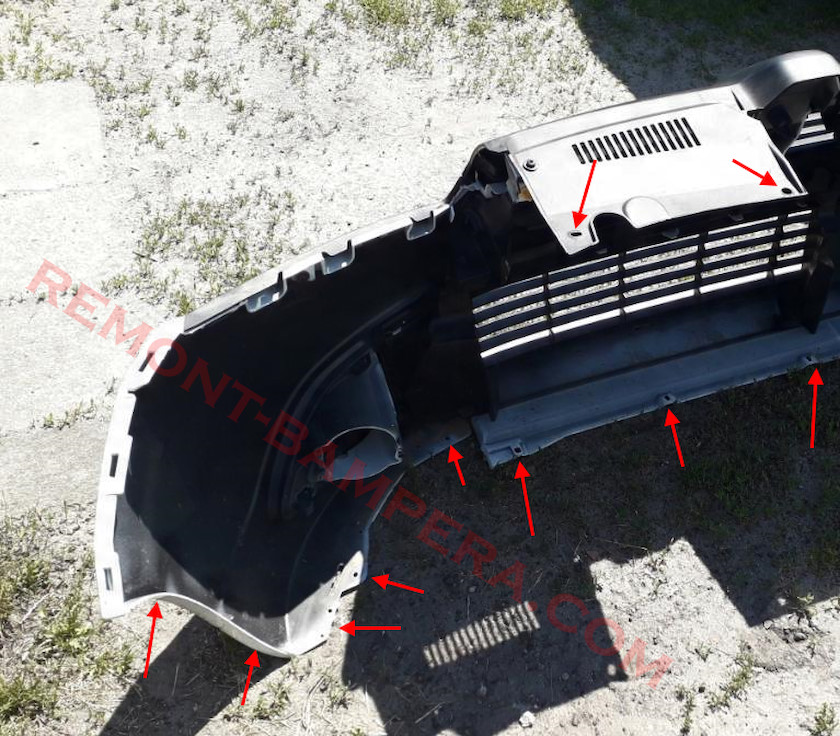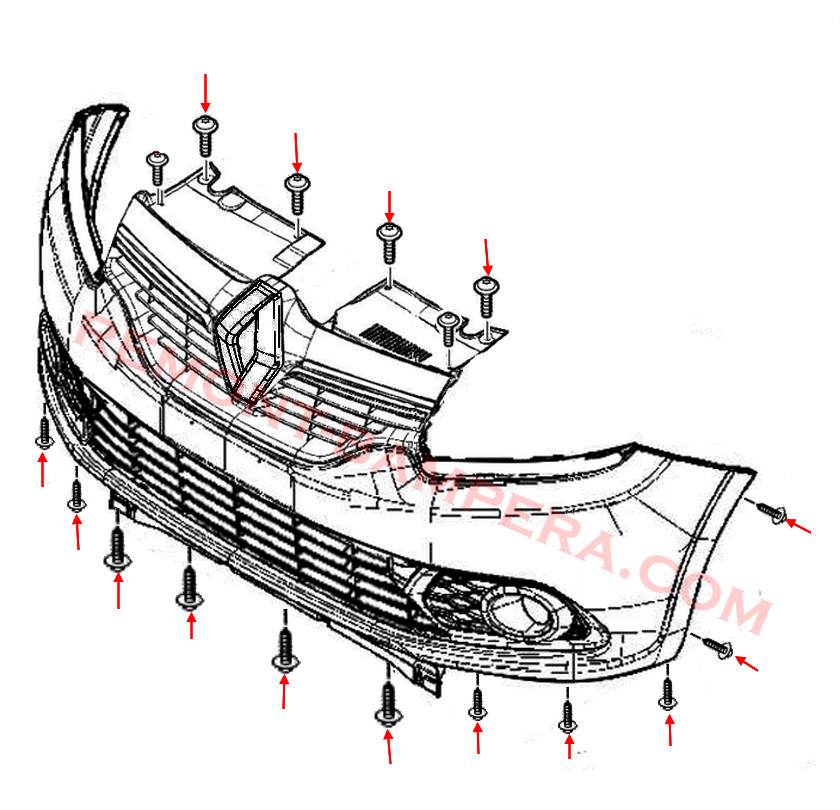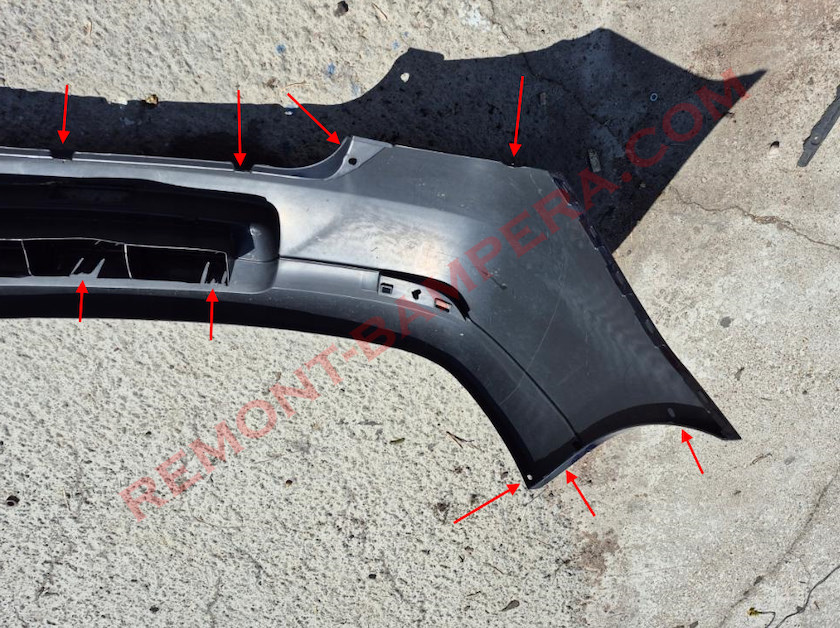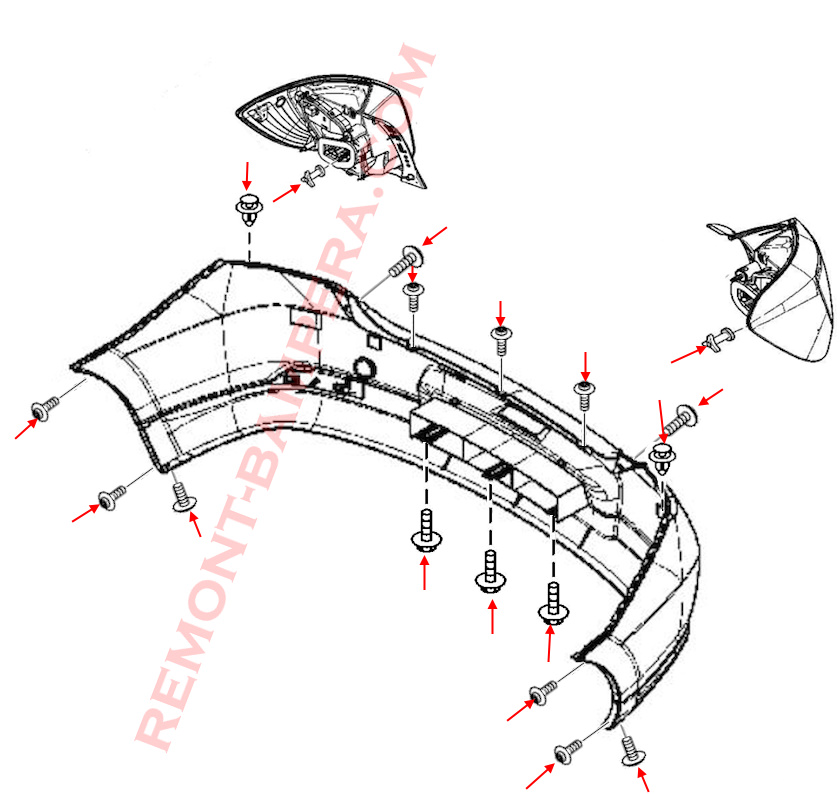Production Years and Facelift
The second-generation Renault Logan debuted in 2012 as the successor to the legendary first-generation Logan. Initially developed under the codename L90, it was based on the updated B0 (M0) platform. Sales in Russia began in 2014, and in 2017, the car underwent a facelift, receiving new features and a refined design.
By 2021, the Logan II was discontinued in Europe, but in some countries (such as Russia and Brazil), production continued under the Dacia Logan brand (due to Renault Group's rebranding).
Model Description and Codes
The Renault Logan II was produced in sedan (L90) and station wagon (K90, known as the Renault Logan Stepway after the facelift) body styles. Key modifications:
- 1.6 MPI (8-valve, 82 HP) – The base engine, simple and reliable but underpowered for dynamic driving.
- 1.6 MPI (16-valve, 102–113 HP) – A more modern version, better suited for city and highway driving.
- 1.5 dCi (90 HP) – A diesel option, fuel-efficient but less popular in Russia due to maintenance challenges.
Transmissions:
- 5-speed manual (JR5) – The most common.
- 4-speed automatic (DP0) – Outdated but durable.
After the 2017 facelift, the Logan II received:
- A new front-end design (radiator grille in Renault style);
- A multimedia system with a screen (Media Nav Evolution);
- Improved sound insulation;
- Airbags as standard equipment.
Bumper Plastic Markings >P/E+TD13<
How to Remove the Front Bumper
- Start with the top side: Open the hood and locate six screws (four Torx T25 and two Torx T20) securing the radiator grille. Only unscrew the four Torx T25 screws.
- Move to the bottom side: Remove four Torx T25 screws and six Torx T20 screws, which are fastened from below.
- Proceed to the sides: Turn the steering wheel for better access. In the wheel arches, remove two screws on each side that secure the fender liners to the bumper.
- Unclip the fender clips: Grab the corner of the bumper and pull it firmly toward you.
- When removing the bumper, pay attention to any wiring and disconnect electrical connectors if necessary.


How to Remove the Rear Bumper
- Open the trunk lid and remove five screws in the opening.
- Inside the trunk, unscrew two securing nuts, release the clips, and remove the rear lights.
- Under the rear lights, locate and remove two push pins.
- Crawl under the car and use a 10mm socket to loosen (not fully remove) three bolts fastened from below.
- In the wheel arches, remove the screws and take off the mudguards. Also, unscrew the screws securing the fender liners to the bumper.
- Grab the corner of the bumper and pull firmly to release the fender clips.
- With an assistant, pull the bumper backward, being mindful of any electrical wiring.


Interesting Facts
- Global Model – The Logan II was sold in over 50 countries under different brands: Renault, Dacia, and Nissan (in India as the Nissan Acenta).
- Taxi Popularity – Due to its affordability and durability, the Logan II became one of the most common taxis in Eastern Europe and CIS countries.
- Almost an SUV – The Stepway version, with increased ground clearance (195 mm) and plastic body cladding, was marketed as a budget crossover-sedan.
- Brazilian Hit – In Brazil, the Logan II was produced until 2022 and even received a FlexFuel (ethanol) version.
Advantages of the Renault Logan II
- Low ownership cost – Cheap parts and easy repairs.
- Durability – The suspension (McPherson front, torsion beam rear) is built for rough roads.
- Spacious trunk (510 L) – One of the best in its class.
- Fuel efficiency – Average consumption of about 6–7 L/100 km.
- Simple design – Minimal electronics, reducing the risk of malfunctions.
Disadvantages of the Model
- Sparse equipment – Even after the facelift, the Logan II lags behind competitors in features.
- Weak engines – The 82 HP version is sluggish, and the automatic transmission saps performance.
- Poor sound insulation – The cabin remains noisy at highway speeds.
- Cheap materials – Hard plastics and squeaks after a few years of use.
- Rust issues – Weak anti-corrosion protection (especially on sills and wheel arches).
Conclusion
The Renault Logan II is a typical budget car designed for those who value practicality over comfort. It doesn’t excel in technology but is cheap to maintain and reliable. After the 2017 facelift, it became slightly more modern but still falls short of newer models like the Renault Logan III (2020).

 English
English  Italiano
Italiano  Français
Français  русский
русский  Deutsch
Deutsch  Español
Español